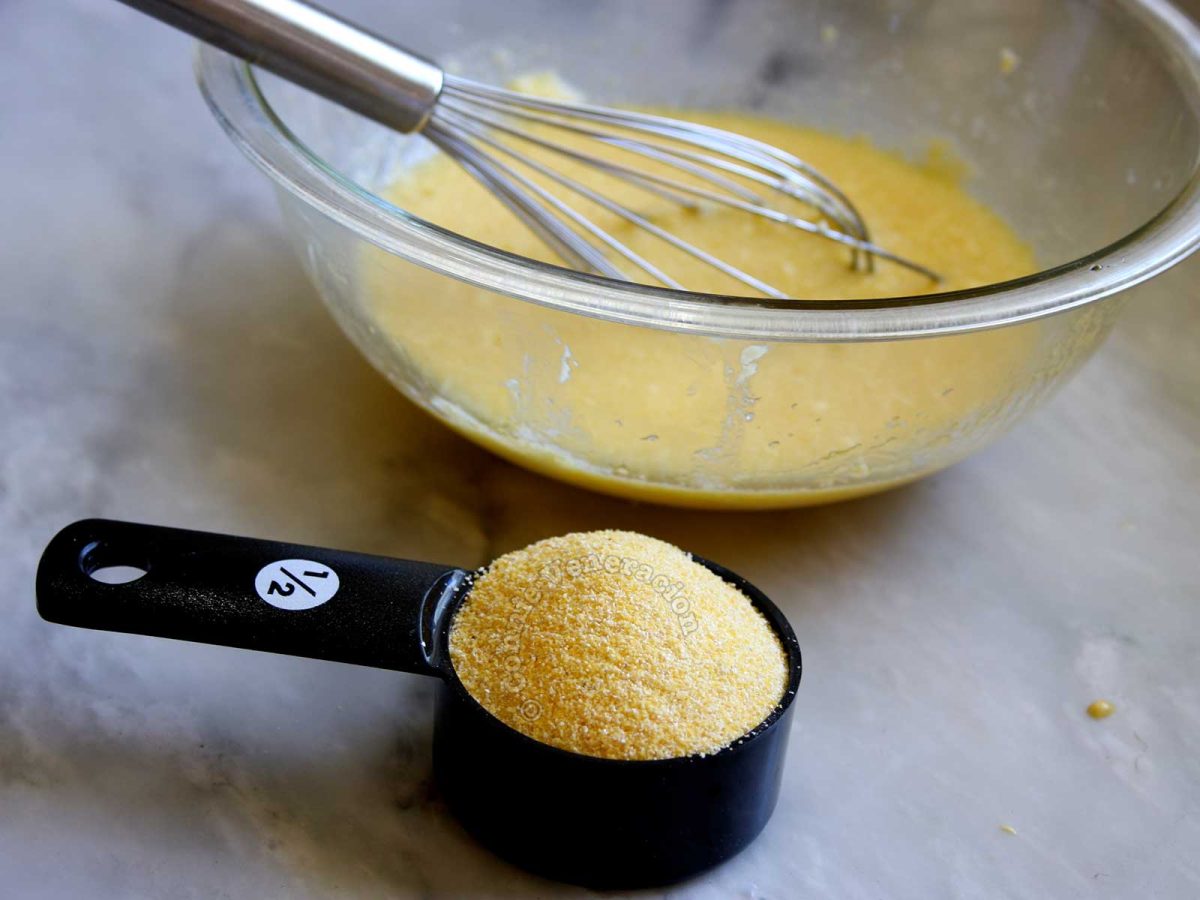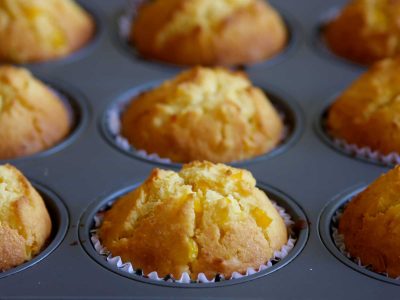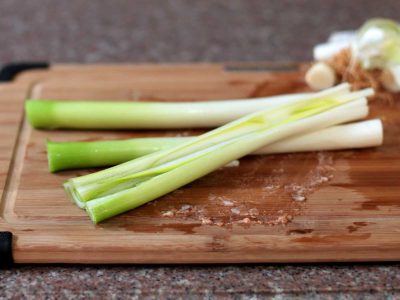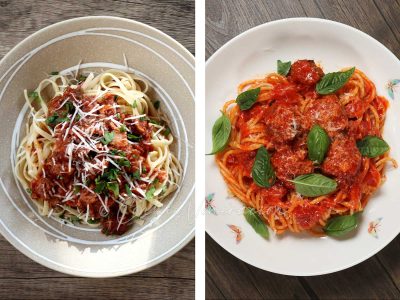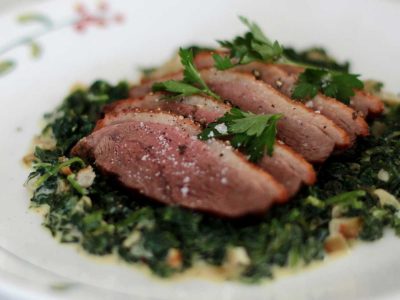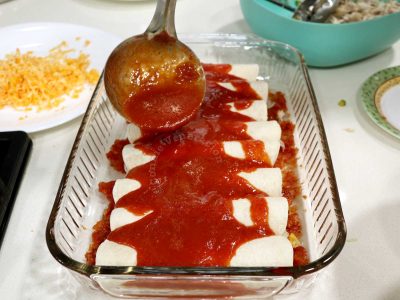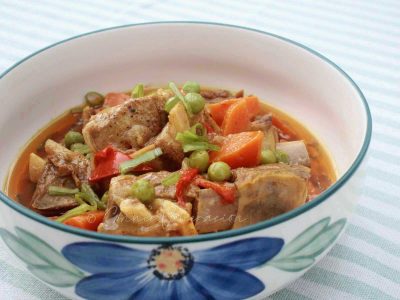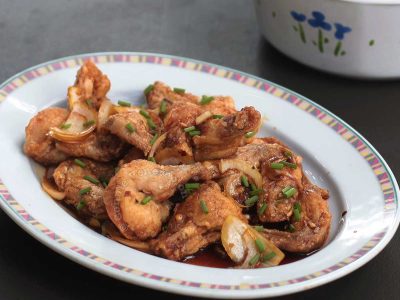When the corn kernels are coarsely ground, you get cornmeal. When they are ground to a powder, you get cornflour. To make their shelf life longer, the bran and germ are removed before grinding.
Stoneground cornmeal means the bran and germ were not removed before grinding. It is more nutritious but it has a shorter shelf life.
Cornstarch looks similar to corn flour but it is made from the endorsperm of the corn.
Note, however, that these three — cornmeal, cornflour and cornstarch — may be called by different names even in English-speaking countries. For instance, in Britain and Australia, “corn flour” actually refers to cornstarch.
Are polenta and grits a type of cornmeal?
No.
Polenta is an Italian dish —a porridge made with cornmeal.
Grits is boiled cornmeal, a dish that originated in the Southern United States.
But aren’t grits made with hominy? Well, hominy grits are made with hominy, and hominy is cornmeal made from corn that had been treated with an alkali (usually limewater — no, that is not the juice of the citrus).
Yes, I know. In the grocery, one finds boxes of “polenta” and “grits” that, when opened at home, reveal they contain cornmeal. It’s just marketing.
What’s the best way to store cornmeal, cornflour and cornstarch at home?
We don’t use cornflour at home.
Cornstarch, we keep in a tightly sealed container inside the pantry and away from moisture and sunlight.
We keep cornmeal in the refrigerator in jars with screw-type caps because, we I live, humidity is high throughout the year. You don’t want cornmeal exposed to humidity because that will make the cornmeal go rancid faster.
How are cornmeal and cornstarch used in cooking?
We use cornstarch to thicken sauces, especially for stir fried dishes. And, when we run out of cake flour, we mix a little cornstarch with all-purpose flour to make a substitute.
Now, cornmeal, we use in many ways — for corn dogs, Southern-style fried chicken and corn muffins, among others.
Korean corn dogs
Ever since we were introduced to Korean corn dogs, we never made the American version again. Extra crispy with lots of …
Corn muffins a la Kenny Rogers
Made with fresh corn and yellow cornmeal, these muffins are subtly sweet but still lean toward savory to make it an ideal …

